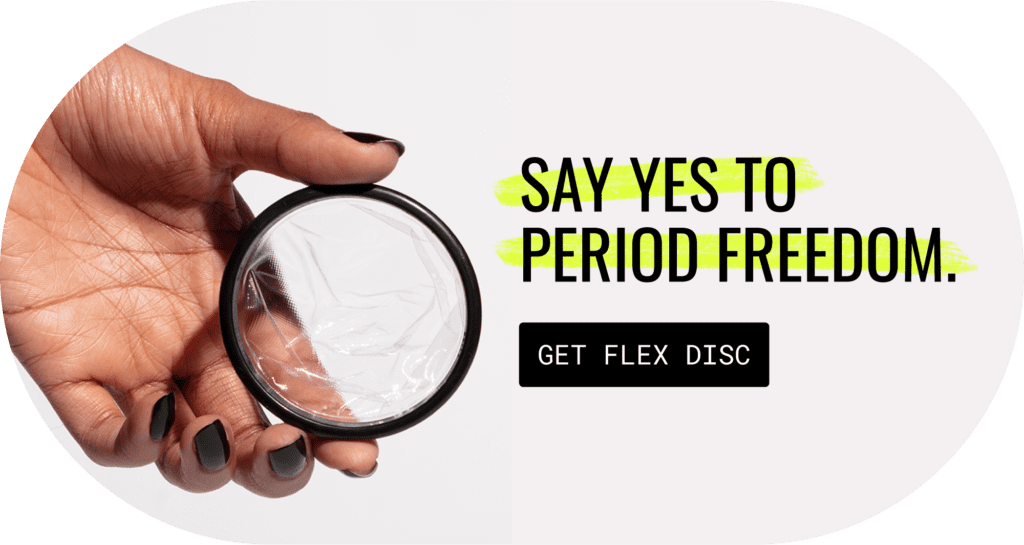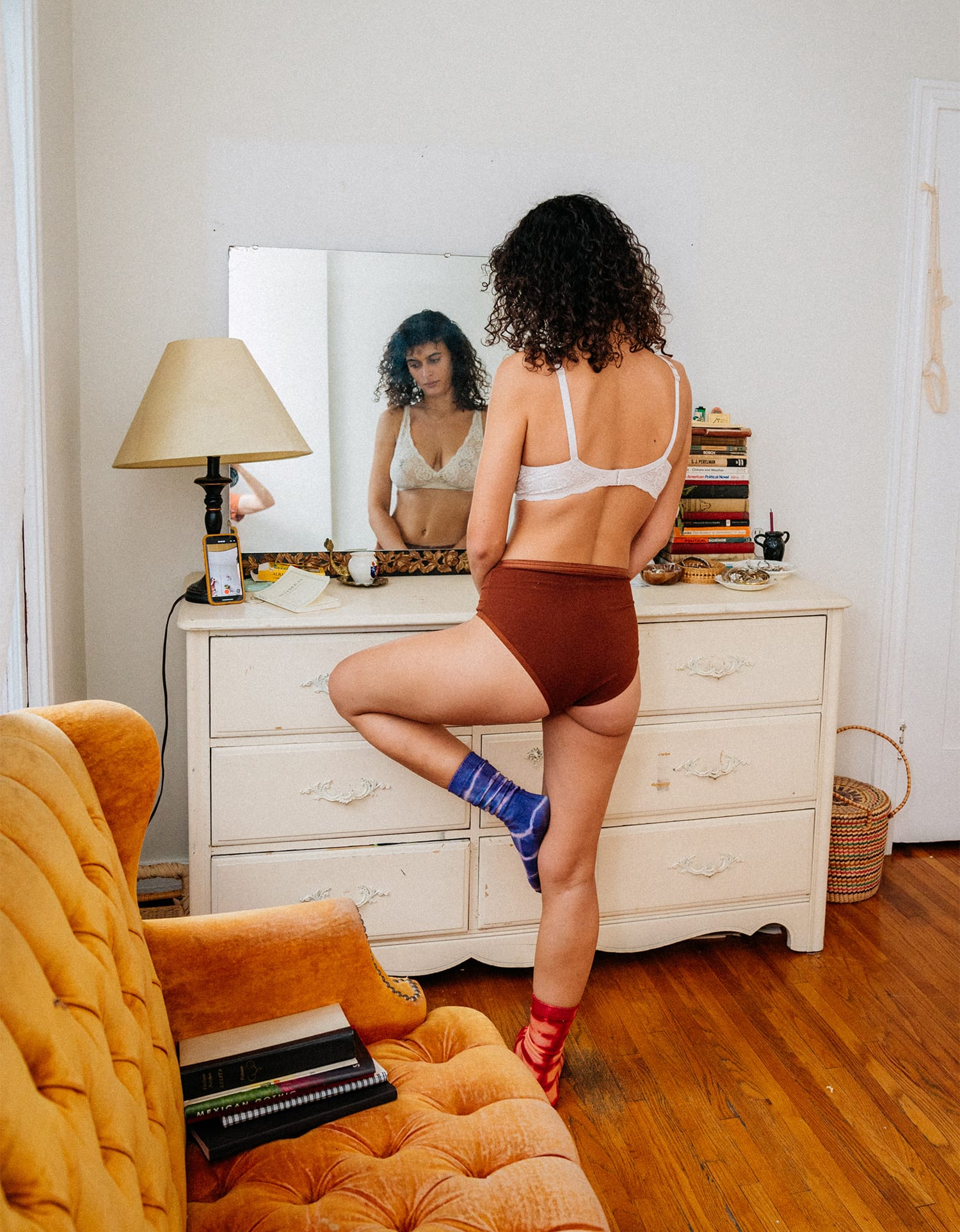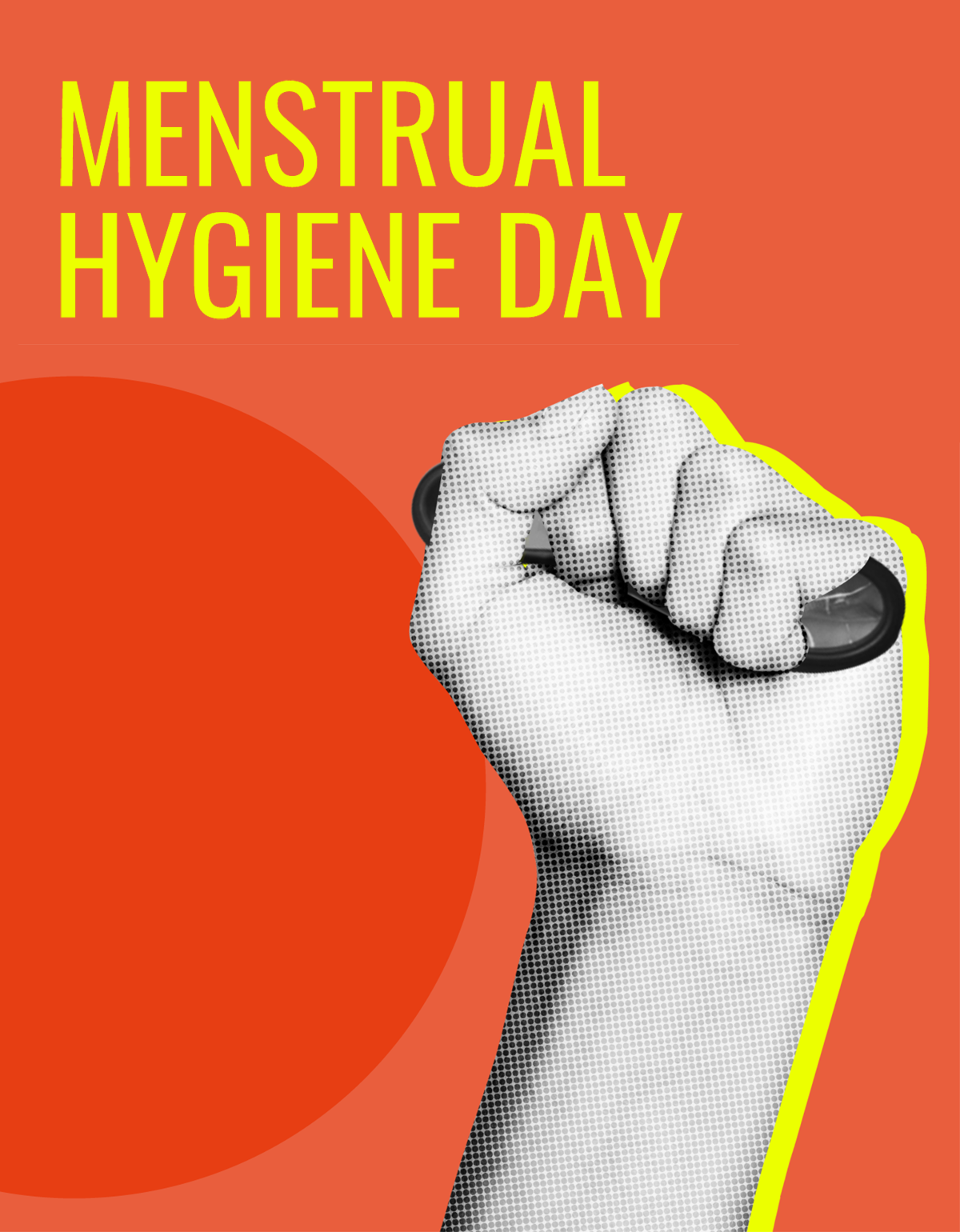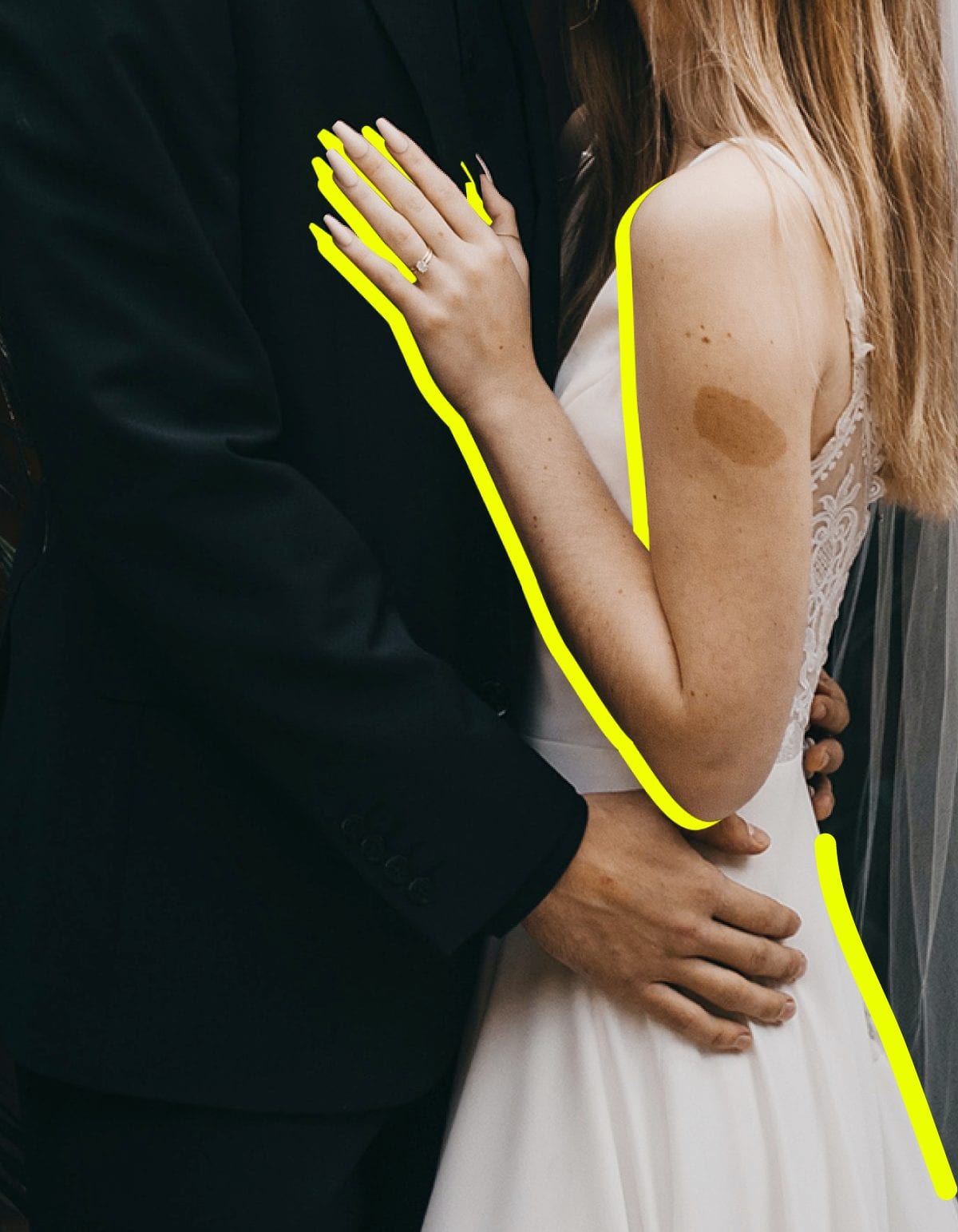Period stigma is alive and well—but we’re trying to change that. We’re also trying to destigmatize vaginas, more generally. Because, when it really comes down to it, the vagina just another body part, like a mouth or an ear or an elbow. And without vaginas, the human species would be nil.
Quick side note: ICYMI, the word ‘vagina’ actually refers to the internal anatomy, a.k.a. the vaginal canal. The correct term for the outside of AFABAFAB stands for “assigned female at birth.” genitalia is the vulva, which includes the opening of the vagina (the vestibule), the labia majora (outer lips), the labia minora (inner lips), the urethra, and the clitoris. When we’re just looking at the folds of skin around the vagina, we’re generally describing the labia.
The crazy thing is, many people with vulvas barely get to know what their own looks like…even as adults, whether sexually active or not. This has a lot to do with the fact that society has historically trained us to feel shame about our anatomy from a young age. It might also be due to the logistical challenges associated with trying to get a good eyeful—unless you’re a contortionist, it’s unlikely you’re flexible enough to take a peek without grabbing a hand mirror.
But unless we start bringing vulvas into daily conversation, we’ll never be able to break the stigma and address the lack of education, research, and resources offered to young people. In the USA, our deficiency in each of those areas has had very real and serious consequences: According to the Guttmacher Institute, only “twenty-two states and DC mandate both sex education and HIV education” as of 2021. 1 Meaning, less than half of the nation makes comprehensive reproductive health education a mandatory component of middle and high school.
Further, when sex education is offered, it’s often lacking in depth, breadth, and even accuracy. Individual school districts own the playbook and can dictate what they do and do not include in their curriculum. As a result, many young adults—a larger number of whom have internal (as opposed to external) anatomy—never learn exactly how their vulvas function or how to look out for abnormal symptoms like discharge, unusual menstrual periods, or pelvic pain.
A 2020 survey conducted by OnePoll found that one in 10 women were unable to correctly identify a diagram of a woman’s reproductive system. Even more shocking, one in four misidentified the vagina on the same diagram. Over half of the survey’s 2,000 respondents felt that their knowledge gaps prevent them from advocating for themselves in the doctor’s office. 2
In other words, when a problem does arise, they may be more likely to ignore it or feel reluctant or uncomfortable discussing the subject with a healthcare provider. This leads to a delay in diagnosis or even misdiagnosis.
Clearly, there’s no simple answer to the widespread lack of sex education. But the solution starts with taking down stigma by embracing, and openly talking about, our own bodies. For many of us, this involves the retraining of our neural pathways to disassociate the word “vagina” with embarrassment or nervous laughter.
To draw attention to the matter, the Flex® creative team set out to conduct a little research of our own. We commissioned an expert pencil drawing artist and rounded up a group of volunteers who were willing to have their labia drawn.
The catch? They weren’t allowed to see the finished product right away. Instead, we hung their drawings alongside a collection of 12 completely unique sketches of vulvas, all displayed on a gallery wall—and asked them to try and identify their own. We caught their reactions on video and conducted one-on-one interviews after they spent some time analyzing the collection of drawings.
Consistent with what we’d assumed based on the research discussed above, only two out of our five participants were able to successfully identify their own labia in the lineup. Check out the video above to see exactly what went down during our experiment. In the meantime, here are a few of our favorite and most telling quotes:
On individuality, “I realize, just as we all have different faces, we all have different labia. You’re lucky to be able to see one up close and personal.”
On reproductive health, “I haven’t done any of this research. I think I was almost purposefully not wanting to know.”
About vulvas, “I mean, it’s really natural. We should be talking about it so we know our bodies more.”
Re: what society conditions us to think about vulvas, “I think that there is a lot of messaging [that’s] always, like, [about us] needing to fix something.”
And, lastly, “This experience inspired me to go home and get in front of a mirror and examine myself, for sure.”
We hope you’ll do the same.
Have questions? Feeling inspired? Let us know. Hit us up on Instagram @flex or email us at thefornix@flexfits.com.

This article is informational only and is not offered as medical advice, nor does it substitute for a consultation with your physician. If you have any gynecological/medical concerns or conditions, please consult your physician.
© 2021 The Flex Company. All Rights Reserved.
- Adolescent sexual and reproductive health in the United States. (2019, October 16). Guttmacher Institute. https://www.guttmacher.org/fact-sheet/american-teens-sexual-and-reproductive-health[↩]
- SWNS. (2020, November 16). American women believe gaps in their reproductive knowledge prevent them from advocating for themselves in the doctor’s office. Medium. https://swns-research.medium.com/american-women-believe-gaps-in-their-reproductive-knowledge-prevent-them-from-advocating-for-8e1b75f74484[↩]








